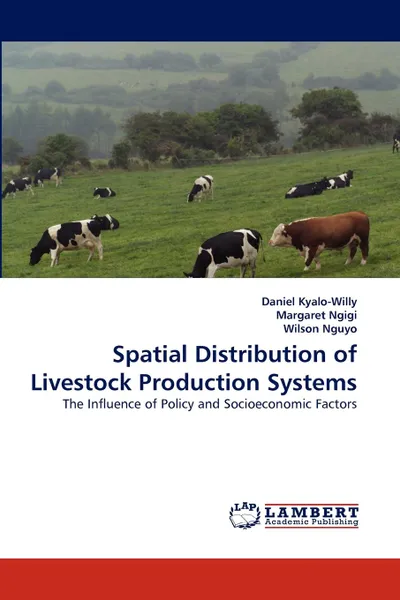Spatial Distribution of Livestock Production Systems 12+
76 страниц
Категория: Литература на иностранных языках
ISBN: 9783838392752
Язык: Английский
📘 Livestock production is an important tool for rural development especially in the developing Countries. Here, the past two decades have witnessed dynamics in demand structure, climate, and demographic characteristics, with fast growth in the demand for livestock products and an increased dependence on livestock for sustainable livelihood systems. In response to these changes, there has been rapid land use and land cover changes, characterized by expansion of agricultural systems and decline in farm sizes, causing environmental degradation in several rural areas. The dilemma remains is to have a trade-off between meeting the expanding demand for livestock products and sustainable utilization of the limited stock of natural resources. This book draws key policy implications for sustainable livestock production, pointing towards incentives for intensification, institutional reforms, improving livestock productivity, and innovations that enhance the synergies between livestock production and the environment. These, can help to enhance livestock production as a key tool towards achievement of sustainable development and the Millennium Development Goals (MDGs).
Мнения
